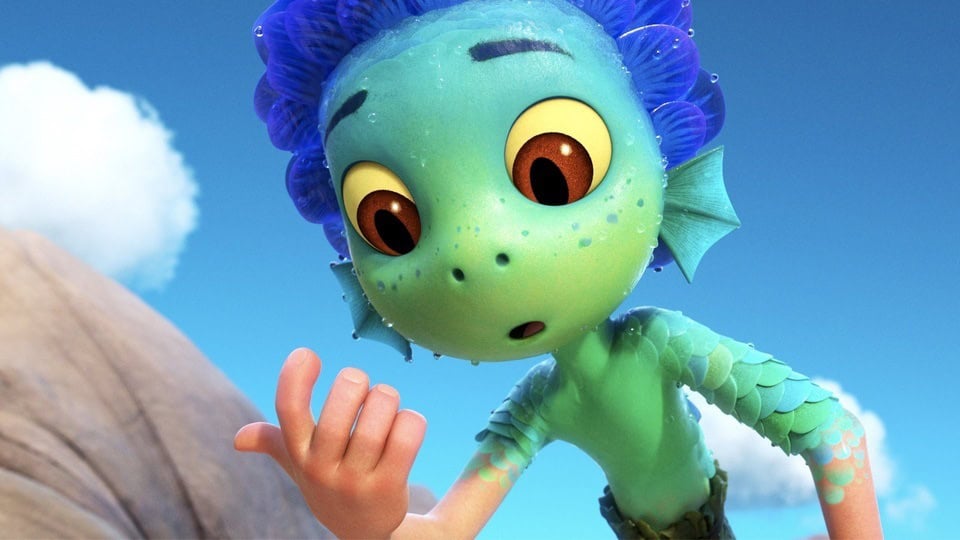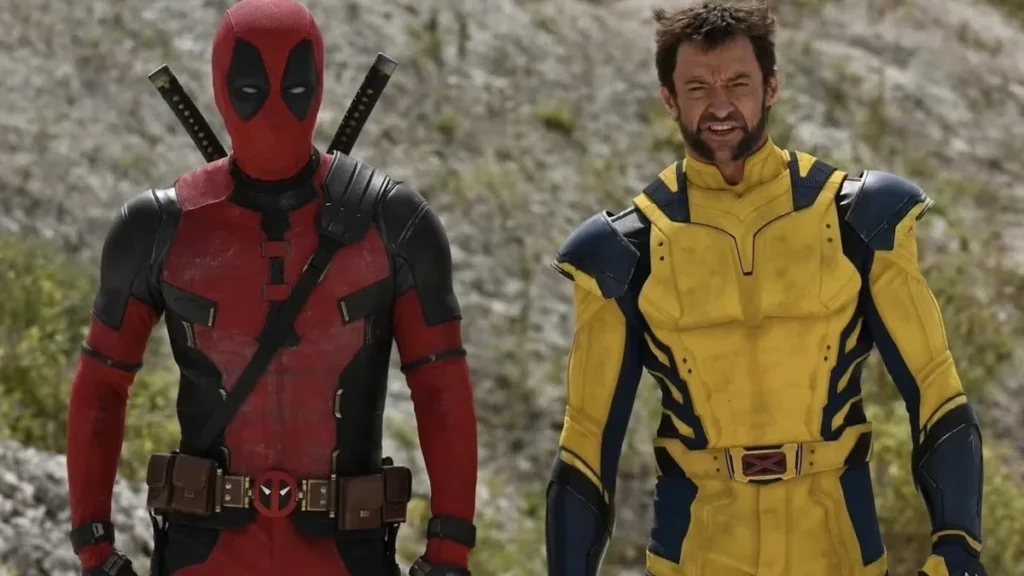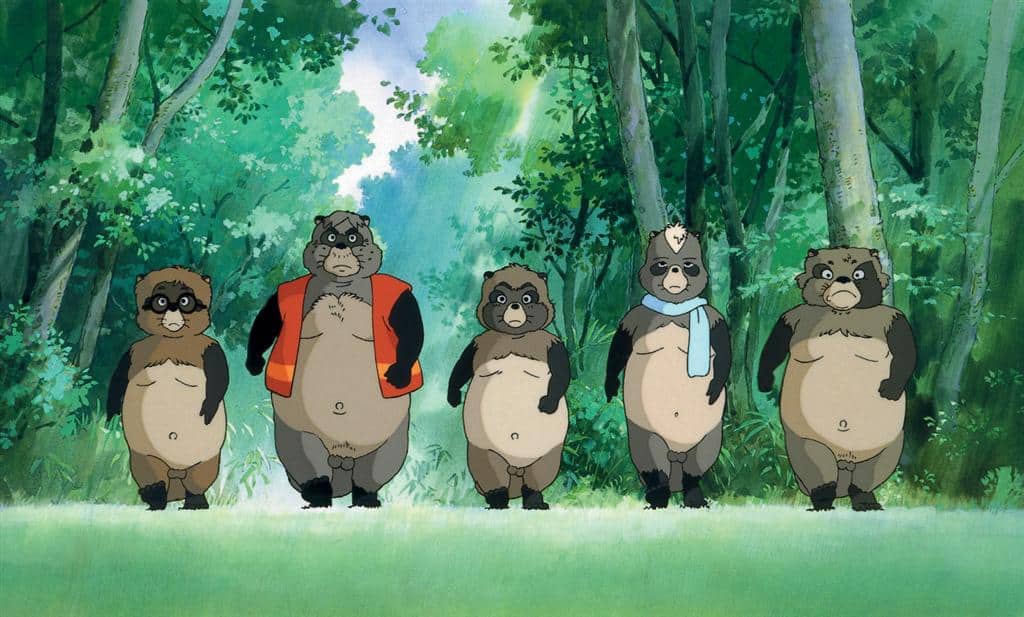The tension between art and moneymaking is a tension that has existed since the very beginning of modern artistic industries, especially within film. Where films have the potential to bridge the gap between cultures and allow us to explore the visions of their directors, films must also make enough money to put the next project into production. This relentless cycle is what fuels the industry and this cycle has only become more obvious in the eyes of general audiences in recent years, highlighted by none other than the recent comments from Disney and Pixar. While both Disney and Pixar are pioneers in the world of animation, they’re also important figureheads who stand at the forefront of current financial trends. Disney’s iron grip over the animation space is one that puts them in a unique position to influence and direct those who follow them, including smaller studios. With this in mind, recent comments from the conglomerate paint a concerning picture for the future of animation – and indeed film at large – as they discuss moving away from the vision of its directors, into a focus on pure marketability and familiarity.
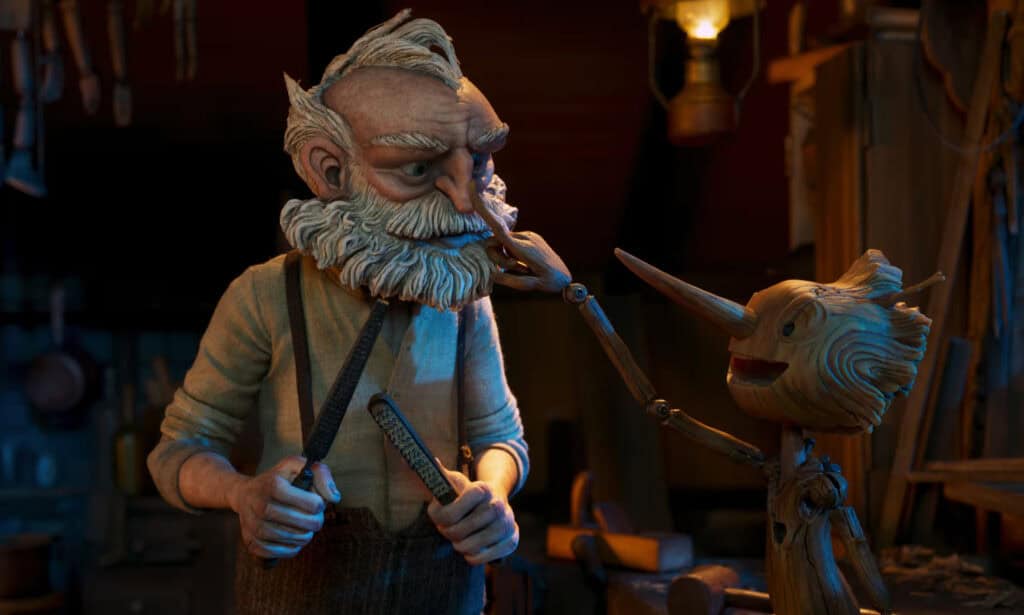
In an illuminating report in Bloomberg, Thomas Buckley explores Disney with a rapidly changing perspective on the ways that they write and produce films for theatric release. In the face of some severely underperforming films, Buckley writes on how executives “arrived at mentoring Pixar’s upcoming directors to focus less on autobiographical tales” with the intent to “develop concepts with clear mass appeal”. This singular change in directorial intent stems from the economic failings of three particular films in the Pixar pantheon, in Luca, Turning Red and Soul. Each of these three films are rooted in the experience of their directors, with a very specific angle in mind when presenting their stories. In doing so, this triad of films stands as a particularly unique example of expression through the medium of animation and are memorable – if flawed – watches in their own right.
In spite of these uniquely singular stories rooted in the biography of their directors, they all failed to make the economic splashes that Disney is used to seeing with the release of a typical animated feature. In the face of this, Disney executives have misidentified the cause of this economic failure and have instead attributed it to audiences failing to engage with the films, rather than the circumstances in which they were released. While these films have common ground in their exploration of personal themes, these films were also released in the throes of the COVID-19 pandemic. This period of contemporary history has had an undeniable impact on the way that we as consumers engage with media in general, especially with the ballooning prevalence of streaming services. These were the first (and only) three films released exclusively on the Disney+ platform, with access to these new films being locked behind a measly subscription fee rather than a cinema ticket. The result is a diminishing return on each individual viewing, resulting in lesser profit overall.
This poor identification of the failings of these three films has been misappropriated as audiences failed to engage with these narratives when these three films were in reality just easier to access. Limited showings in theatres only exasperated the anxiety surrounding these types of films thanks to an exceptionally small box-office run. From this underperformance, executives managed to conclude that audiences were simply bouncing off of these personal stories and are attempting to pivot towards “safer” options in the eyes of a discerning audience. These safer options take the form of stories with “mass appeal” and bank on the existing sense of nostalgia that audiences have for films from their childhoods.

It is this reliance on “mass appeal” that signals a disturbing shift for the film industry as a whole, as the financial incentive to be original becomes less in favour of developing sequels to family favourites. This shift into safety is one that cuts to a far deeper cynicism that lies at the heart of the industry and the mass media franchises that dominate the box office. The financial risk of developing an original idea without brand recognition becomes ever pronounced in an industry where production costs balloon. To guarantee a captive audience is to guarantee that a studio will be able to move on to the next project without losing its employees. Sticking with Disney, over 175 employees have been laid off in a restructuring that has affected 14% of the overall workforce. This disturbing trend of layoffs in the creative industries reaches far beyond just one conglomerate and one industry and affects a swathe of core creatives across disciplines. The result is a fear that experimentation will be punished. It’s far safer to bank on remaking the back catalogue and developing sequels to established properties that will tempt moviegoers back in.
Despite this cynical trend, some creatives are able to take a concerning spin away from innovation and translate it into a bold inventive new space. Managing to iterate on the classic tale – popularised by Disney – Guillermo Del Toro’s vision of Pinocchio exists in isolation from the popular version and manages to ascend beyond what people knew. By making use of a familiar name, Del Toro was able to draw an unfamiliar audience into a film that only resembles the popular Disney film in name alone and the premise of a wooden doll brought to life. It is in this reinvention that a balance can be struck, and imagination allowed to flourish. Del Toro’s interpretation of Pinocchio is a delight in its own right, in both animation and the realisation of a nuanced storyline, and is allowed to do so by building off of audience familiarity.
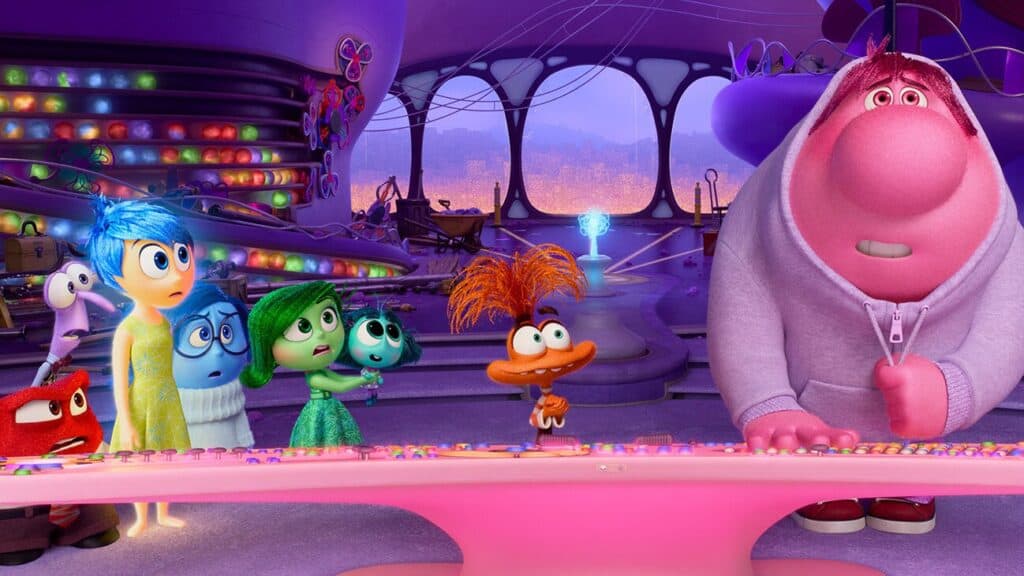
To that end. Disney’s above sentiment rings as something that can be used for good but is being used to commodify the film industry as we know it. Disney’s focus on “mass appeal” is far more interested in creating safe and easily digestible content rather than creating intelligently iterative stories that take an audience’s understanding and subvert expectations. Where “mass appeal” is something that can be used as a force of good in the process of creation, it becomes increasingly clear that Disney and Pixar are instead pivoting towards a forecast of content that ceases to challenge and present new ideas; which is the same reason that Disney rose to prominence in the first place. Instead of reflecting on the box office failures of films like Elemental and looking inward to identify the reasons why that film may not have resonated with audiences, the subject matter must be the cause.
Film as a medium tells stories and shares the experiences of the people who create them. To reduce that into the sanitisation of the creation of new films is to completely miss the point of what film has represented since its inception. And it’s important to not go down this slippery slope – original ideas keep this industry moving in a dynamic direction and losing the motivation to pitch new ideas would seriously hinder where creatives can go next, and the stories that they can tell.
